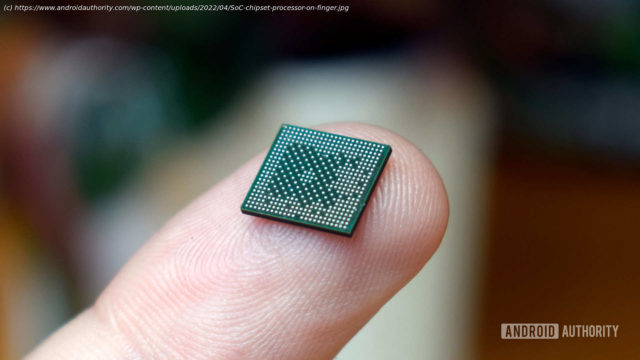Samsung is banking on cutting edge 2nm GAA manufacturing and AI smarts to revitalize Exynos for the Galaxy S26 series. It might just work.
Samsung fans haven’t had to worry so much about the Exynos versus Snapdragon debate this year. Qualcomm’s Snapdragon 8 Elite powers the Galaxy S25 series, while Exynos has stepped aside to fill in for some of Samsung’s more affordable phones, such as the FE range.
This is because the Exynos 2500 suffered some rather notable issues. First, production yield issues and delays meant Samsung had to skip the chip entirely for the Galaxy S25 series. When it finally arrived in the Galaxy Z Flip 7, the performance was pretty lackluster; in CPU performance, it was no faster than last year’s Snapdragon rival, and there were only marginal gains in graphics.
However, Samsung is gearing up to reunite Exynos and Galaxy S next year, with at least some models in the Galaxy S26 series sporting the Exynos 2600 chip. Given the chip’s troubled history, this might have Samsung fans somewhat worried, but there are reasons to be cautiously optimistic.What do we know about the Exynos 2600?
Samsung has yet to reveal the Exynos 2600’s full capabilities, so we’re still in the dark about most of its features. However, we do know a couple of things about the upcoming Exynos, and plenty of rumors abound as well.
First, it will be built on Samsung Foundries’ cutting-edge 2nm Gate-All-Around (GAA) process. This could give it a not insignificant advantage over the Snapdragon 8 Elite Gen 5 in terms of power efficiency and clock performance potential, which is built on TSMC’s improved 3nm N3P FinFET-based node. Samsung itself has claimed that its next smartphones will offer “stronger performance,” a vague but crucial statement.
While comparing nodes from two different foundries is fraught with difficulties, the move to 2nm GAA is a key leap in next-gen silicon manufacturing to drive notable power, performance, and density gains. Getting there first is a notch on Samsung’s belt.
However, it’s rumored that Samsung’s 2nm yield is relatively low (reports vary between 50% and just 30%), which may erode some of its supposed cost advantage over going all-in on Qualcomm. Furthermore, TSMC’s 3nm FinFET technology is now quite mature, while Samsung’s 2nm GAA is brand new and could have familiar teething issues. TSMC’s own 2nm GAA is expected to arrive next year.
The other notable change for next year’s cheap confirmed by Samsung is “next-gen AI.” While that’s another broad statement, it’s likely that the company plans to double down on AI as a unique selling feature for its next-gen phones.






